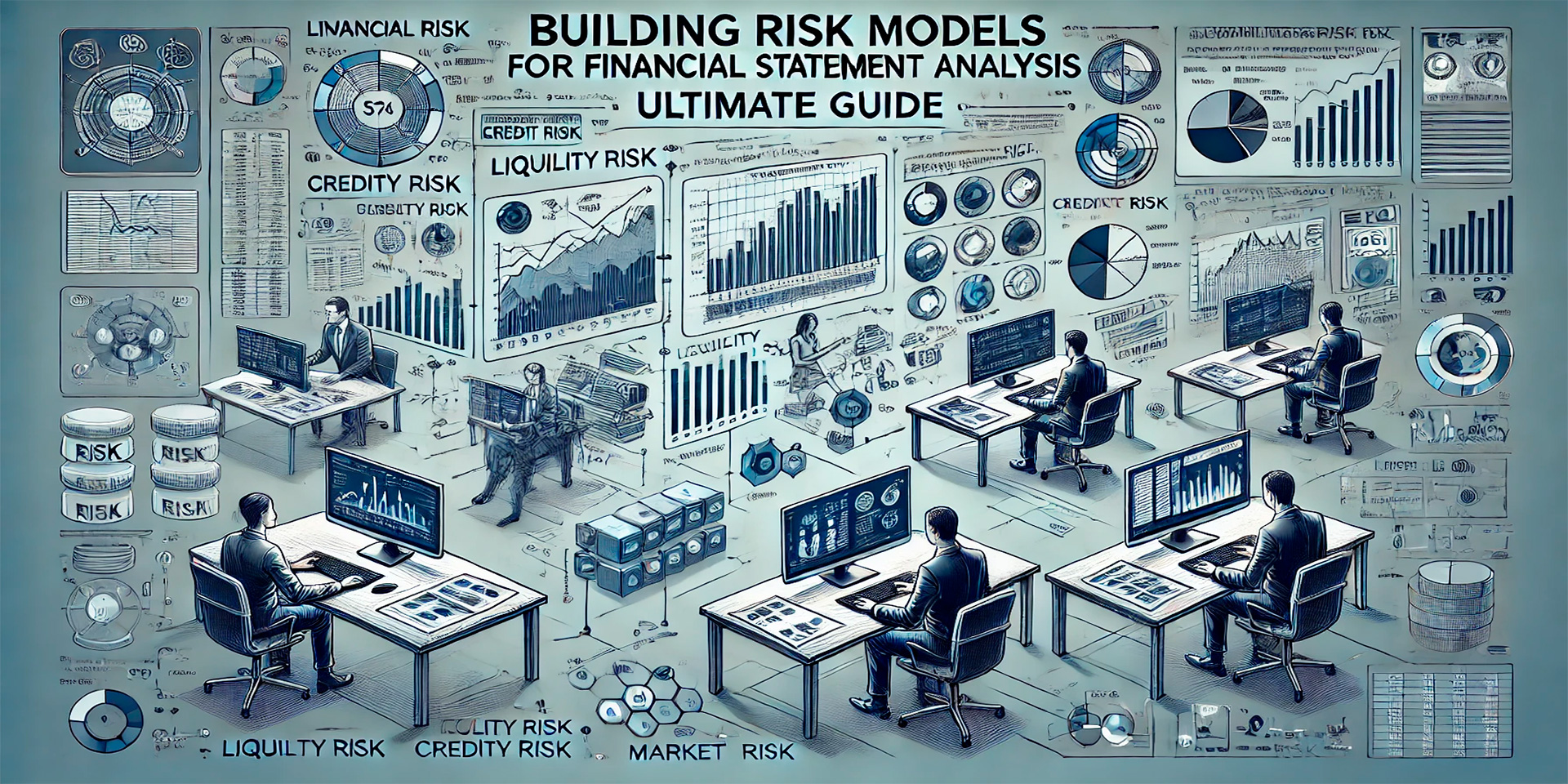Credit risk management in microfinance faces tough hurdles, primarily due to issues like information asymmetry. Many borrowers lack a detailed credit history, making it hard to assess their creditworthiness accurately. To tackle this, microfinance institutions can turn to advanced credit scoring models, leveraging local economic conditions and spatial data.
Embracing technology becomes crucial here. Advanced models like machine learning algorithms or logistic regression can enhance default prediction while tools like the R system cut costs. Diversifying loan portfolios across various sectors and regions also lessens risk. By spreading exposure, institutions avoid concentrating risk in one area, ensuring steadier financial performance.
Operational and market risks further complicate credit risk management. Economic volatility can increase defaults. However, strong internal controls and proactive risk assessments, combined with the effective use of technology, can mitigate these risks. Through continuous borrower education and implementing robust collection strategies, microfinance institutions can manage credit risks more effectively, achieving both financial and social goals.
What Are The Main Challenges In Assessing Borrower Creditworthiness In Microfinance?
The main challenges in assessing borrower creditworthiness in microfinance revolve around several issues you need to consider:
Lack of Collateral: Borrowers often have little to no collateral, making it hard for you to secure loans effectively.
Economic Sensitivity: These borrowers are highly impacted by local economic downturns and unexpected events like weather changes, which can affect their ability to repay.
High Default Risk: Low net-worth individuals present a higher risk of default due to their precarious financial situations.
Information Asymmetry: Often, there is a lack of sufficient credit history and financial data, making it difficult for you to assess their true creditworthiness.
You should address these challenges by:
• Using more sophisticated credit scoring models with spatial data and local economic conditions.
• Implementing robust risk management and credit analysis practices.
• Diversifying loan portfolios across different sectors and regions to mitigate risks.
• Leveraging technology for mobile-based financial services to track and manage loans better.
All things considered, you can improve your ability to assess creditworthiness in microfinance by addressing these key challenges and employing advanced strategies.
How Can Microfinance Institutions Effectively Use Credit Scoring Models?
Microfinance institutions (MFIs) can effectively use credit scoring models by adopting various strategies and techniques. Here’s how:
First, you should implement advanced models. Use Multilayer Perceptron (MLP), as studies show it outperforms traditional models like logistic regression. This approach helps you better predict borrower defaults. Additionally, consider machine learning algorithms such as random forests, especially useful when you lack comprehensive credit histories. These models use readily available data like age, occupation, and location to classify borrowers accurately.
Second, leverage logistic regression for its simplicity and ease of interpretation. It predicts the probability of default based on various explanatory variables, working well with demographic and loan data.
Third, address sample selection bias by using fuzzy augmentation methods. These methods incorporate data from both financed and non-financed groups, enhancing the accuracy of your credit scoring models.

Moreover, take advantage of freely available software like the R system to fit advanced credit scoring models. Using open-source tools reduces costs while maintaining high-quality performance.
Lastly, remember that credit scoring offers substantial benefits. It reduces the cost of credit analysis, speeds up decision-making, improves cash flow, and minimizes losses. By following these steps, you increase loan officers’ productivity and the number of borrowers, boosting financial inclusion and loan growth.
Lastly, by implementing advanced models, leveraging logistic regression, addressing sample selection bias, and utilizing free software, you can effectively enhance your credit scoring processes, improving efficiency and managing credit risk better.
What Are The Primary Methods For Mitigating Credit Risk In Microfinance?
To mitigate credit risk in microfinance, you can use several primary methods:
First, conduct a thorough borrower assessment. Analyze their business cash flows and household financials to ensure your loan products match their repayment ability.
Next, diversify your loan portfolio. Spread your loans across various economic sectors, geographic regions, and client types to minimize defaults in any single area.
Implement effective collection strategies. Regular follow-ups and financial literacy training for borrowers can encourage timely repayments.
Establish robust internal controls. Employee training and strong technology infrastructure can help manage operational risks.
Leverage credit scoring models for informed lending decisions. Advanced risk assessment tools can offer deeper insights into borrower reliability.
Tailor loan products to individual needs. Customized loan products aligned with borrowers’ financial capacity can reduce the likelihood of defaults.
Monitor and control continuously. Regularly analyze key risk indicators to adapt and improve your risk mitigation strategies.
Finally, by applying these methods, you can effectively manage and mitigate credit risks in the microfinance sector, ensuring a healthier and more sustainable lending environment.
How Do Economic Volatility And Market Fluctuations Impact Credit Risk Management In Microfinance?
Economic volatility and market fluctuations hit credit risk management in microfinance hard. You likely see borrowers struggle to repay during downturns, high inflation, or spikes in unemployment. This increases default rates and, consequently, credit risk for microfinance institutions (MFIs). Diversifying your financial products and funding sources is crucial to mitigate these risks.
Economic policy uncertainty (EPU) can also raise credit risk by reducing profitability, increasing earnings volatility, and hiking financing costs. You can buffer against this by implementing group lending, which is particularly beneficial if you’re running cooperative or NGO-managed MFIs.
To tackle these challenges, you should:
• Embrace digital tools and technology to enhance operational efficiency.
• Reach a broader client base through digital platforms.
• Educate clients on financial management to improve repayment rates.
In closing, economic volatility and market fluctuations pose significant risks, but by diversifying, adopting technology, and educating clients, you can manage these credit risks more effectively.
What Role Does Regulatory Compliance Play In Credit Risk Management For Microfinance?
Regulatory compliance plays a vital role in credit risk management for microfinance by ensuring that you operate within legal frameworks, which promotes stability and sustainability. This compliance protects your institution from legal penalties and reputational damage.
First, regulatory compliance helps you mitigate risk by preventing financial crimes and fraud, thus ensuring transparency and ethics in lending. You reduce the chances of defaults by adhering to legal requirements.
Second, it ensures operational integrity. Regulations mandate strong internal controls and risk assessment tools, so you can identify and manage potential threats effectively. This includes having policies for credit scoring, loan monitoring, and recovery processes.
Third, compliance boosts investor confidence. When you adhere to regulations, it signals stability and lawful practices to investors and stakeholders, ultimately improving access to funding.
Fourth, it offers customer protection. Regulations often include measures to protect your borrowers from predatory lending and over-indebtedness, which is particularly vital if you serve low-income clients who may lack financial literacy.
Fifth, regulatory bodies ensure market stability by preventing practices that could destabilize the financial environment. Your adherence to these regulations contributes to a stable financial market.
Overall, ensuring regulatory compliance helps you manage credit risk, protect against financial losses, and maintain your institution’s social and commercial missions effectively.





Leave a Reply